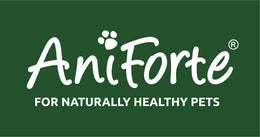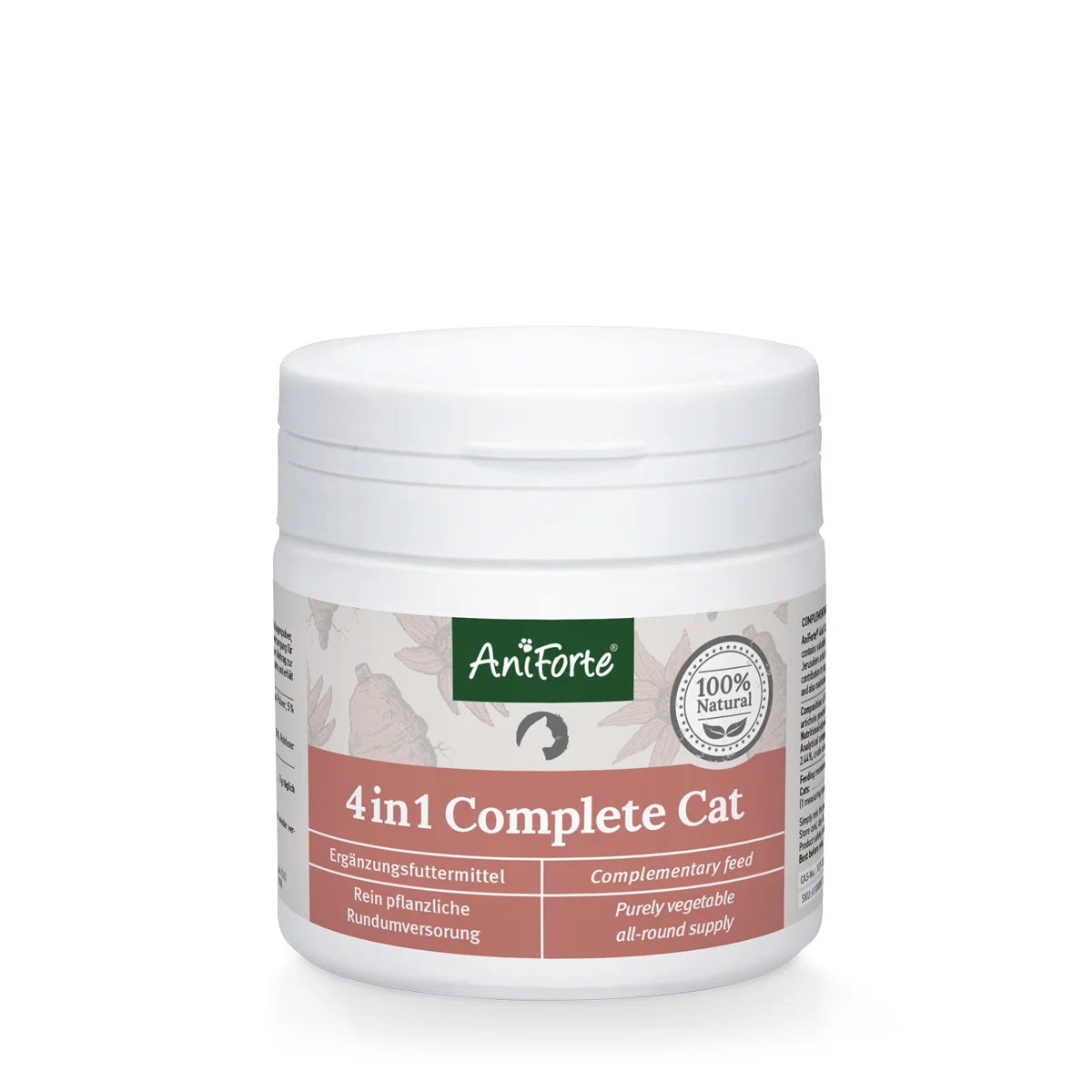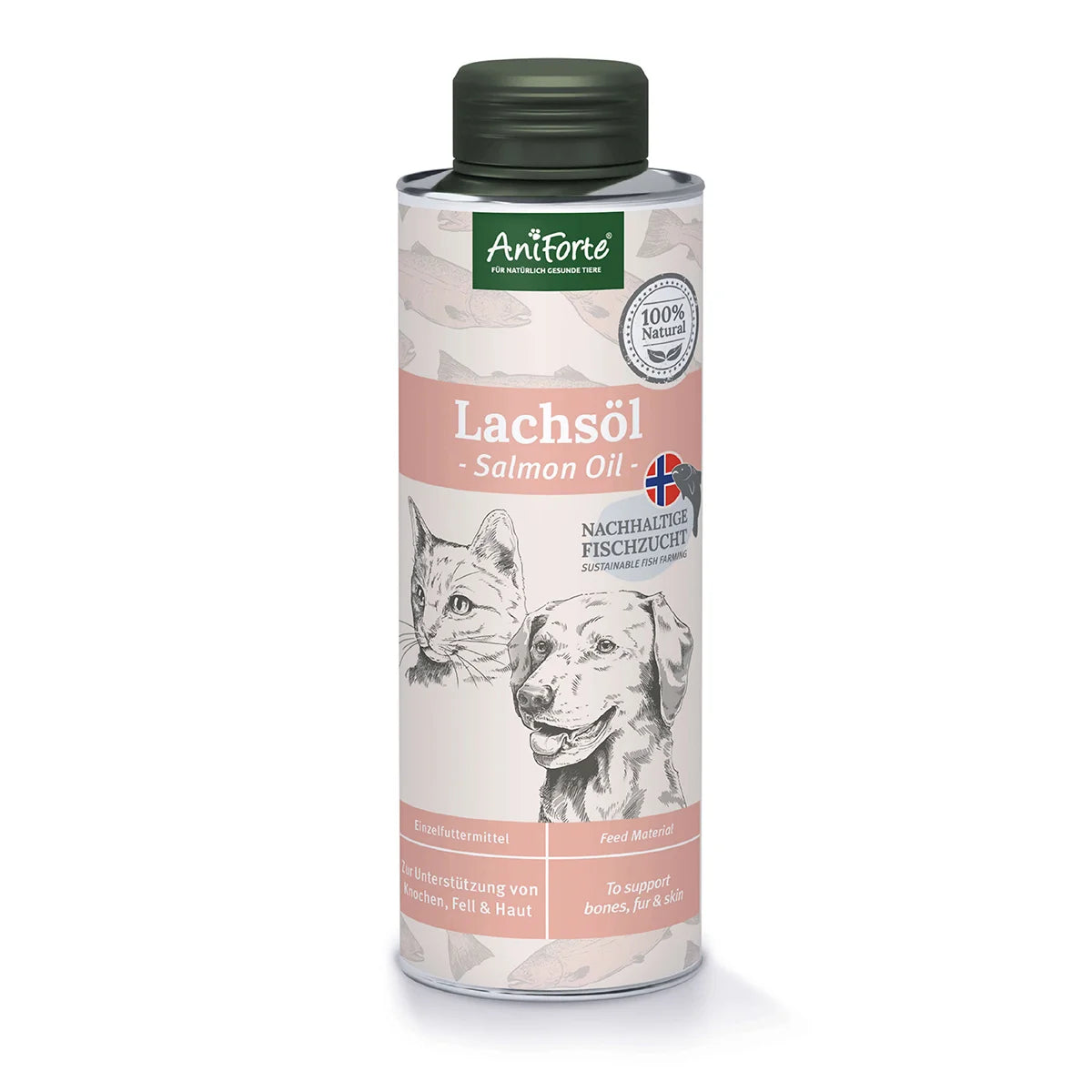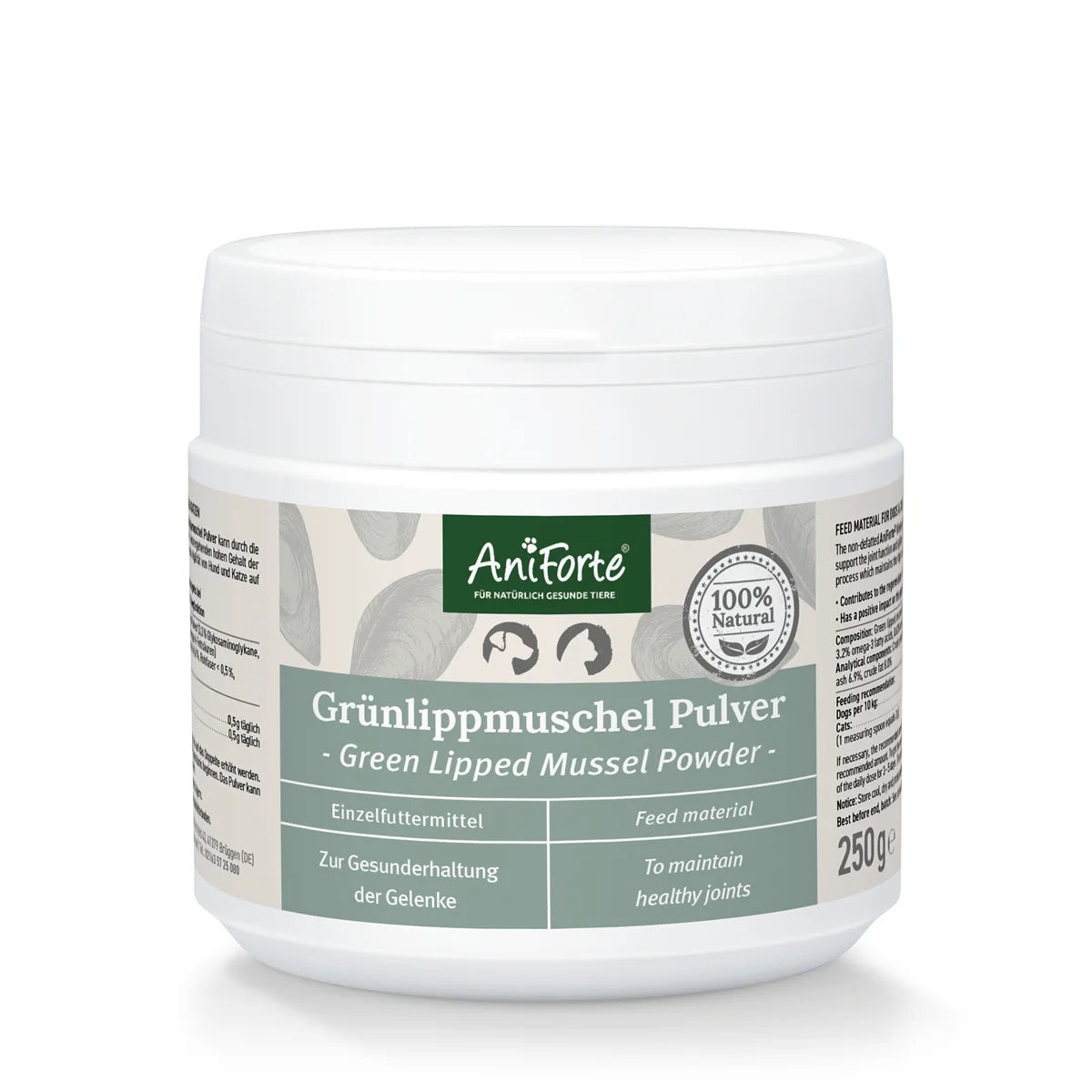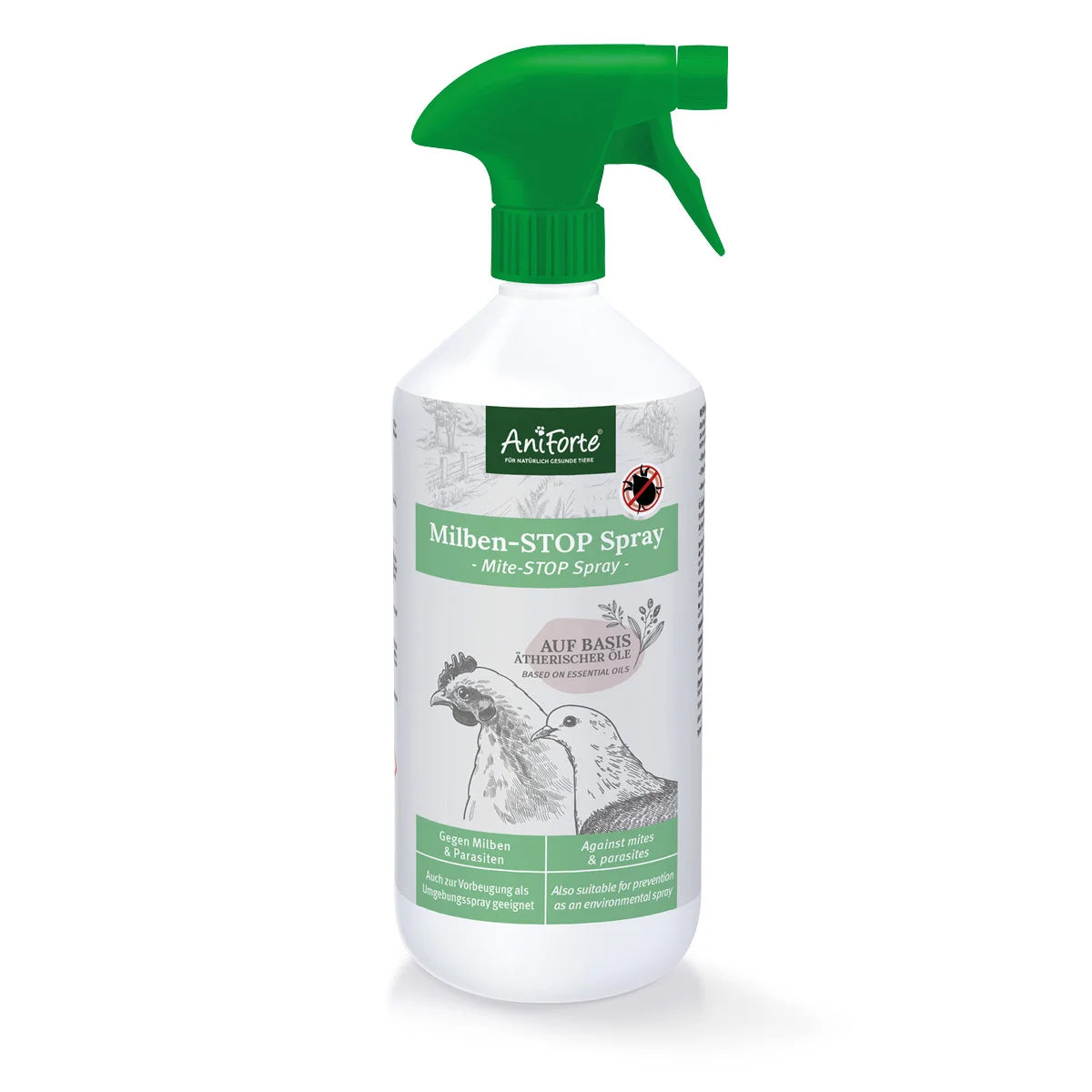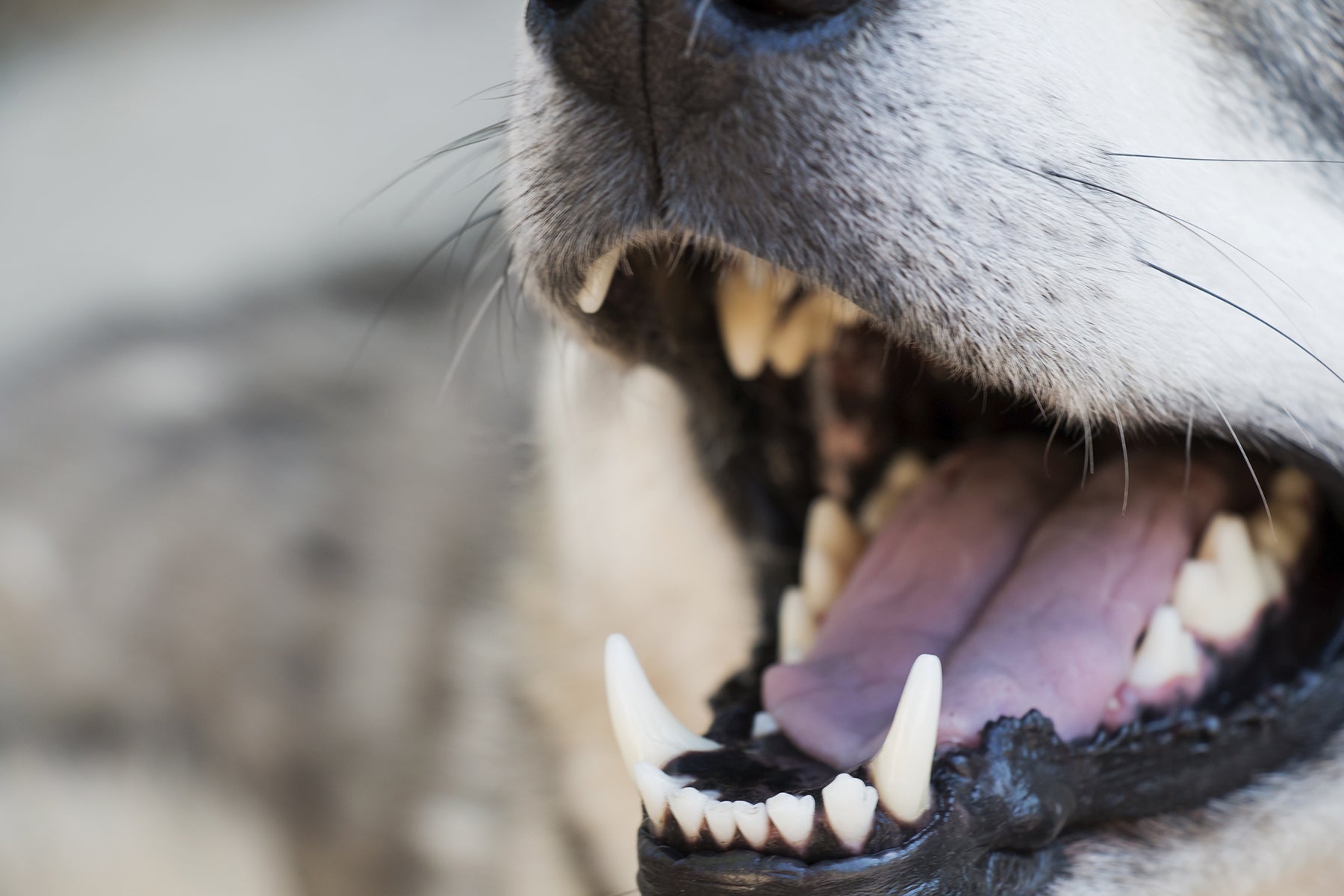
Dental care for dogs is often overlooked by many pet owners. However, it’s crucial to understand that dental hygiene is not just about appearance—poor oral care can have severe consequences on your dog’s overall health. Bacteria that thrive in the mouth can lead to infections that may affect the liver, heart, kidneys, and other vital organs. Fortunately, with the right care, you can help prevent these issues and promote your dog’s well-being. Here, we share helpful tips on how to prevent dental disease and get your dog accustomed to brushing their teeth.
The Impact of Poor Oral Health on Your Dog
Many pet owners underestimate how crucial dental hygiene is for their dog’s overall health. Plaque and tartar buildup doesn’t just affect your dog’s mouth—it can have far-reaching consequences. If left untreated, plaque can lead to gum infections and eventually cause teeth to loosen or even fall out, significantly impacting your dog’s quality of life.
But the effects can go beyond just dental issues. Long-term tartar buildup can lead to inflammation of the tooth socket, and in severe cases, it can even affect the jawbone. Bacteria can spread from the mouth to other organs, causing serious health conditions in the process.
What Are Plaque and Tartar, and How Are They Formed?
Plaque is the precursor to many dental problems, including tartar, gum infections, and even periodontitis. It forms after meals from food particles, bacteria, and germs. This barely visible film coats your dog’s teeth and, without regular cleaning, can accumulate quickly. If plaque is left untreated, minerals in saliva combine with it, forming tartar, a hard, crusty deposit that cannot be removed by brushing.
Once tartar has formed, the only way to remove it is through a professional cleaning by your vet, which typically requires anesthesia. This procedure can pose risks, especially for older or weaker dogs. To avoid this, it’s essential to prevent plaque from building up in the first place by maintaining a regular brushing routine.

How to Recognise Tartar?
Tartar is easy to spot on your dog’s teeth. It appears as a dark grey or black crust that forms a strong bond with the teeth, making it impossible to remove with a toothbrush. One of the most noticeable signs of tartar buildup is bad breath, as the bacteria in the mouth feed on leftover food and release a foul smell.
Other signs include red or bleeding gums around the teeth, which indicate that bacteria have infiltrated the gums, causing gingivitis. If tartar is severe, your dog may exhibit unusual eating behaviors, such as chewing on one side of the mouth or avoiding chew toys, bones, or dry food. In some cases, your dog may appear lethargic or unwell.
Preventing Tartar and Dental Disease
The best way to avoid all the health issues associated with dental disease is through regular dental hygiene. Just like with humans, there’s really no substitute for it.
There are a lot of products available on the market to assist you with your dog’s dental care, from chew balls and chew bones to denta-sticks and even mouthwash. You can also use food supplements containing seaweed meal, which has proven effective to soften the plaque and help reduce tartar and gum disease along with bad breath.

These are great options to support your dog’s dental care, but the most effective way to prevent tartar buildup is by brushing your dog’s teeth regularly. Not all dogs enjoy having their teeth brushed, so it’s important to introduce this routine gradually and associate it with positive reinforcement, like treats.
How to Brush Your Dog’s Teeth
You can use a special dog toothbrush and toothpaste for brushing. Many brushes come in two sizes, allowing you to choose the right one based on your dog’s teeth. Be sure to use gentle strokes to avoid injuring the gums with the bristles.
The better tool to use for brushing your dog’s teeth, however, is a so-called “fingerling,” a finger toothbrush made from cotton or silicone. You simply put it onto your finger, apply a little toothpaste, and lightly brush your dog’s teeth. Do not forget the teeth in the back! Once you are done, offer a treat to your dog to help him associate the brushing with something fun.
Training Your Dog to Accept Dental Care
Getting your dog comfortable with brushing can take time, and not all dogs will initially tolerate having their teeth brushed. Start when your dog is young by gently caressing their mouth, lifting their lips, and touching their teeth. Keep the sessions short and always follow up with a treat.
Gradually introduce a finger toothbrush, rewarding your dog for each step, until they are comfortable with the full brushing routine.
Conclusion
Maintaining good dental hygiene is key to preventing tartar buildup and dental disease in your dog. Regular brushing helps remove the plaque that leads to tartar formation, keeping your dog’s teeth—and their overall health—in top shape. Dental care should become a regular part of your dog’s routine, just like coat brushing and nail trimming.
Without proper care, your dog could face expensive and painful dental procedures like professional cleanings, gum treatments, or even oral surgeries. Taking the time to brush your dog’s teeth can save them from these unnecessary and invasive treatments, ensuring a healthier, happier life.
